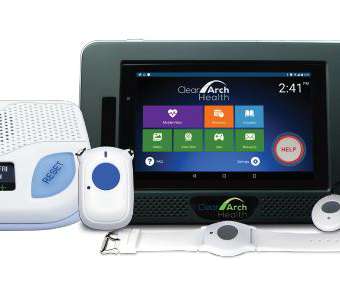SPM’s comments on important proposed CMS interoperability rules
Society for Participatory Medicine
JUNE 27, 2018
Some observers say there are ulterior motives – for instance see these 30 seconds of Yale cardiologist Harlan Krumholz at Connected Health 2016, on how a health system CEO told him flat out: “You don’t understand – why would we want to make it easy for people to get their health data?












Let's personalize your content